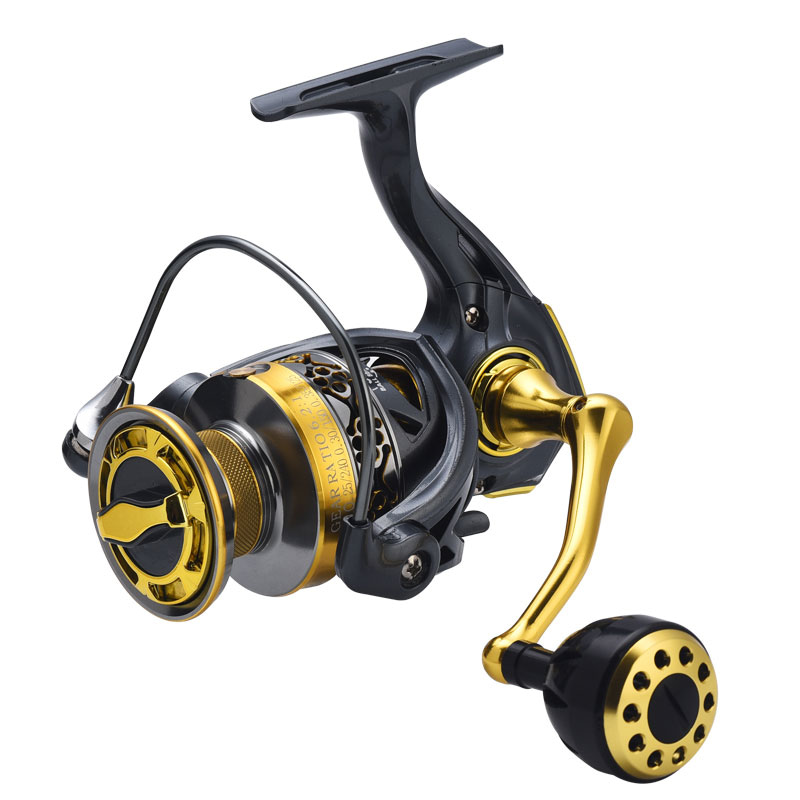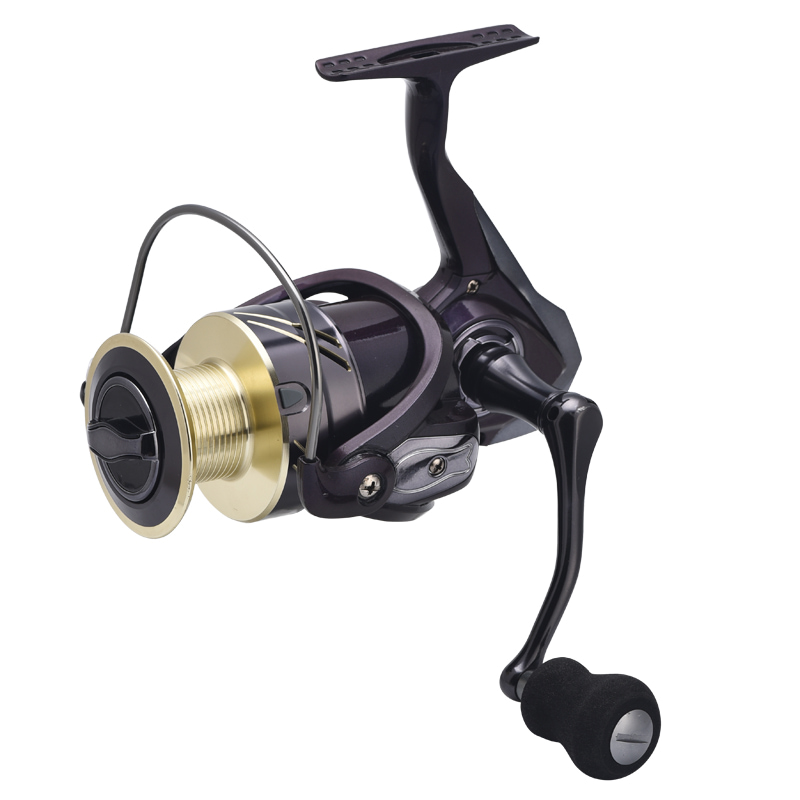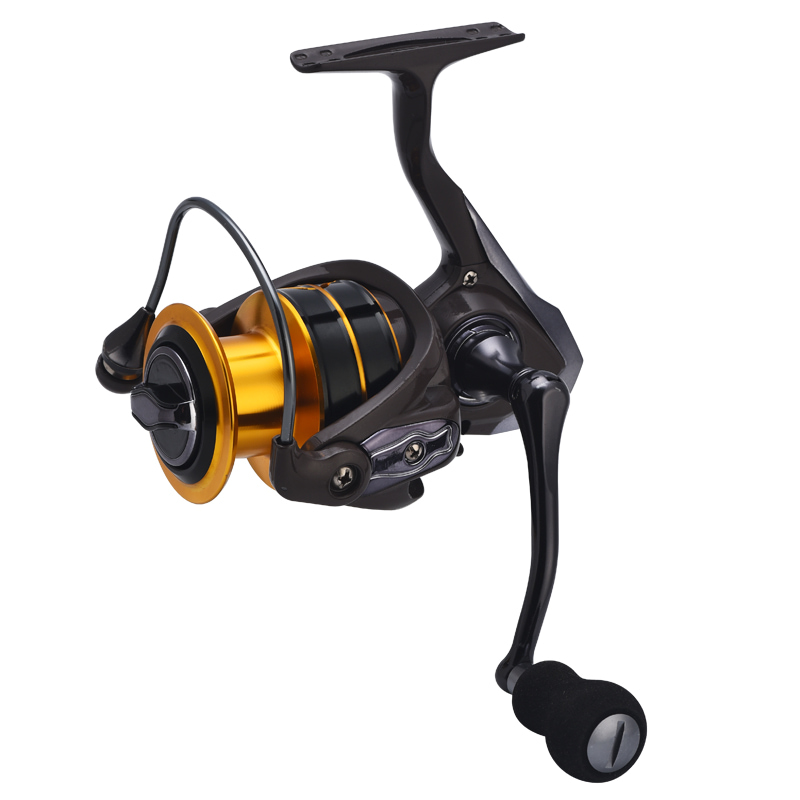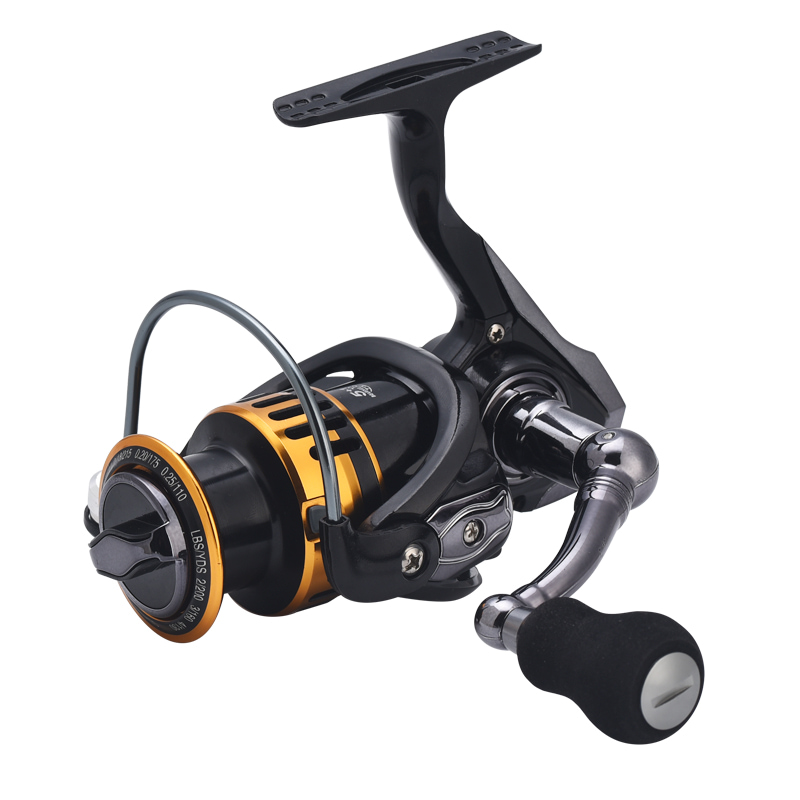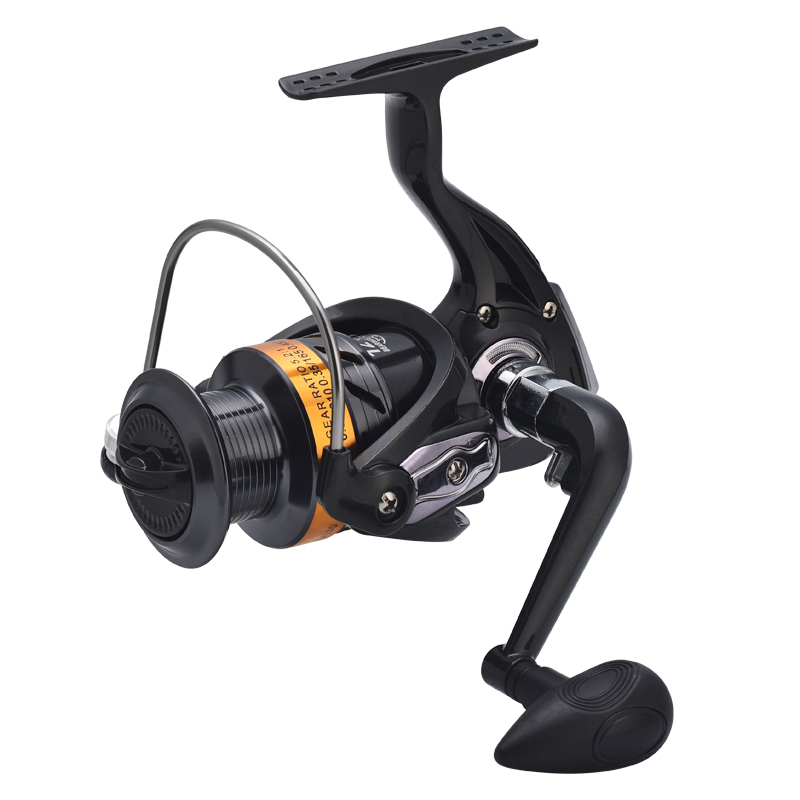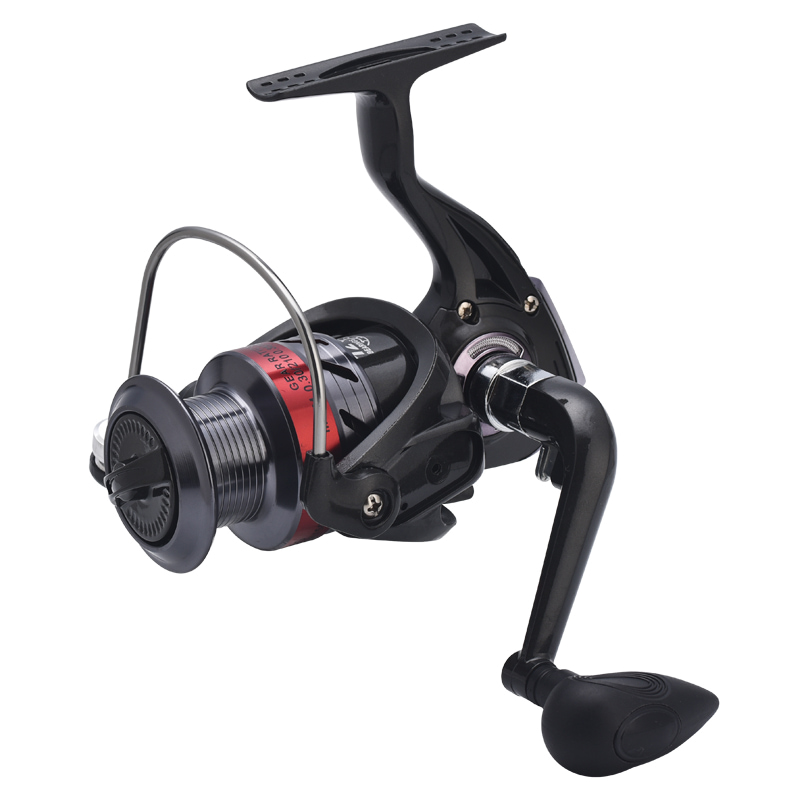Distant Spinning Reels uses professional technology and processes in anti-corrosion treatment to ensure that the reel can maintain excellent performance when facing corrosive environments such as moisture and salt water.
Advanced corrosion-resistant material options:
The corrosion-resistant design of Distant Spinning Reels starts with the choice of materials. Key components, especially housings, bearings and gears, are made of high-grade stainless steel and other corrosion-resistant alloys. These materials are known for their corrosion-resistant properties in wet environments, providing long-lasting protection for the reel.
Anti-corrosion coating technology:
The surface coating of the reel has been treated with professional anti-corrosion technology to ensure it can resist corrosion in environments with high humidity and frequent seawater contact. This coating typically consists of multiple layers of highly corrosion-resistant paint that creates an effective barrier against salt and moisture attack on the reel's surface.
Sealing design:
Distant Spinning Reels use a sealed design to ensure that water and salt cannot penetrate into the interior of the reel. Critical components, such as bearings and gears, are often placed in sealing covers or corrosion-resistant sealing rings to reduce moisture and salt damage to critical areas. This design helps prevent corrosion of internal components and increases the life of the reel.
Electroplating technology:
On some critical components, Distant Spinning Reels may use electroplating technology to provide additional corrosion resistance by forming a uniform protective layer on the metal surface. This electroplating technology can use metals such as chromium and zinc to increase the corrosion resistance of parts.
High temperature treatment:
Some key reel parts may be treated with high temperatures to increase the hardness and corrosion resistance of the metal. High-temperature treatment helps improve the crystal structure of the metal, making it stronger and more durable and less susceptible to corrosion factors such as salt corrosion.

 English
English English
English